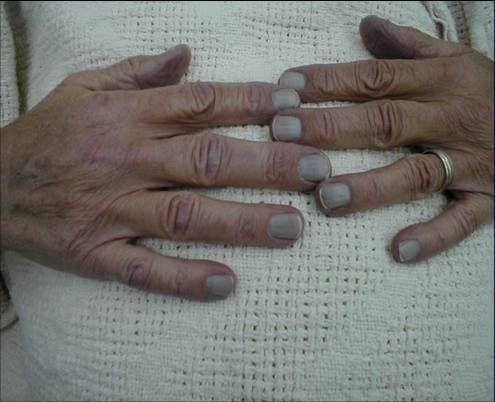There are three common types of skin cancer:
- Basal Cell
- Squamous Cell
- Melanoma
There are others, but they are considered rare eg Merkle cells tumours and lymphoma. Check out the link from Dermis online if you really want to see the nasty end result of too much sun exposure:
http://www.dermis.net/dermisroot/en/18406/diagnose.htm
Prevention:
Don't put too much sun into your skin!! Reduce your exposure, and definitely reduce your childs exposure to UV radiation from a very early age:
- Avoid the sun during the middle of the day: from 10am to 4 pm
- Wear sunscreen year-round: wide brimmed hats and long sleeved garments
- Be aware of sun-sensitizing medications. Some common prescription and over-the-counter drugs — including antibiotics; certain cholesterol, high blood pressure and diabetes medications; and non-steroidal anti-inflammatory drugs — can make your skin more sensitive to sunlight. Ask your doctor or pharmacist about the side effects of any medications you take
- Check your skin regularly
This varies from creams, to freezing, to "shaving", to excision, lasers and radiation: each cancer is slightly different and you need an expert to asses and organize appropriate treatment: and they are much easier to treat IF you get an early opinion! Cancer doesn't go away just because you'd like it to!




